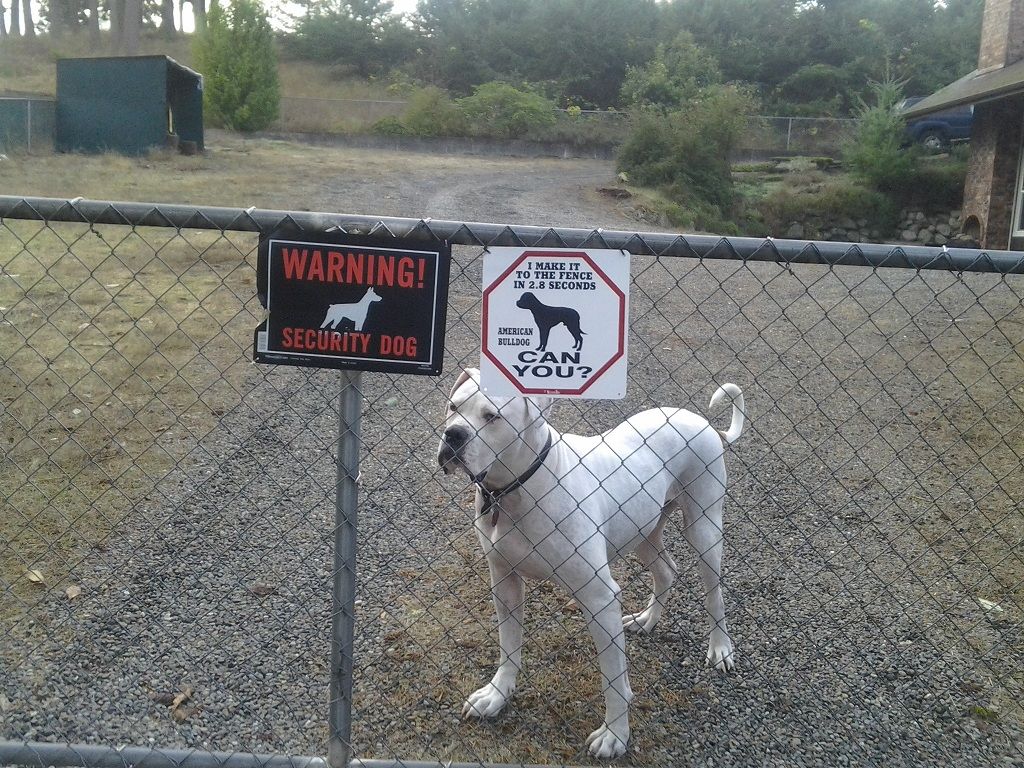- Thread starter
- #61
thecoldembrace
 Sage
Sage
I don't exactly know what you are disagreeing with me on, Malik. Two handed swords do have their merits, that I do not deny. However, while I understand your position on their devastation I am very sure that a man in full armor, padding, chain and plate mail would after several minutes in the fury of battle, begin to struggle to be as effective wielding such a weapon against a foe or foes decked out the same with a lighter more agile weapon.
However, yes I will state I am not a swordsman as you are, if I picked up the weapon I'd be more likely to hurt a friend or myself rather than an enemy. What I do have are accounts of battles that these weapons were used in. Were they used? Yes. Were they used very widely or commonly? No. Those that wielded two handed weapons often chose the hammer over the sword because of its punch against an armored foe. This does not mean that everyone chose the hammer and neglected the sword, as we still have accounts of its use, and it stands out because the sword remained the iconic weapon for a very long time. People remember the swords, the hammer is forgettable.
But perhaps you can answer a question for me Malik, you actually have the knowledge, skill and tools available. How great is style of two weapon fighting hampered in the small confines and press of battle? Meaning, with very little swing room to achieve the desired lethal force of a swing is the two handed weapon at a disadvantage? I would honestly love to know this, as would one of my old professors who had a personal love of swords. I would very much enjoy the chance to drop some new knowledge upon him haha!
Thank you Malik!
If the above is seeming to be harsh or disrespectful, I did not mean for it to sound like that.
-Cheers
However, yes I will state I am not a swordsman as you are, if I picked up the weapon I'd be more likely to hurt a friend or myself rather than an enemy. What I do have are accounts of battles that these weapons were used in. Were they used? Yes. Were they used very widely or commonly? No. Those that wielded two handed weapons often chose the hammer over the sword because of its punch against an armored foe. This does not mean that everyone chose the hammer and neglected the sword, as we still have accounts of its use, and it stands out because the sword remained the iconic weapon for a very long time. People remember the swords, the hammer is forgettable.
But perhaps you can answer a question for me Malik, you actually have the knowledge, skill and tools available. How great is style of two weapon fighting hampered in the small confines and press of battle? Meaning, with very little swing room to achieve the desired lethal force of a swing is the two handed weapon at a disadvantage? I would honestly love to know this, as would one of my old professors who had a personal love of swords. I would very much enjoy the chance to drop some new knowledge upon him haha!
Thank you Malik!
If the above is seeming to be harsh or disrespectful, I did not mean for it to sound like that.
-Cheers
Last edited:

 Auror
Auror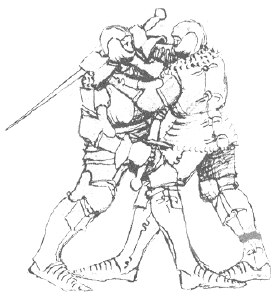

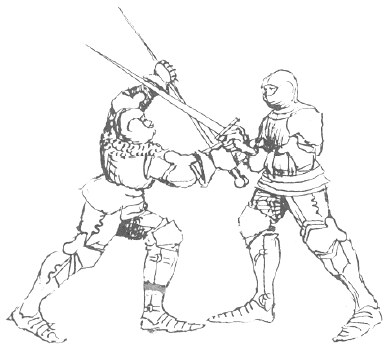
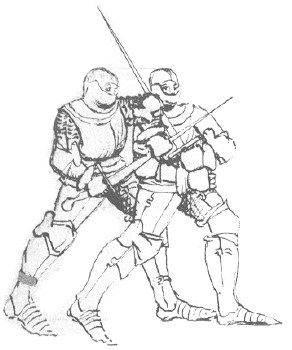

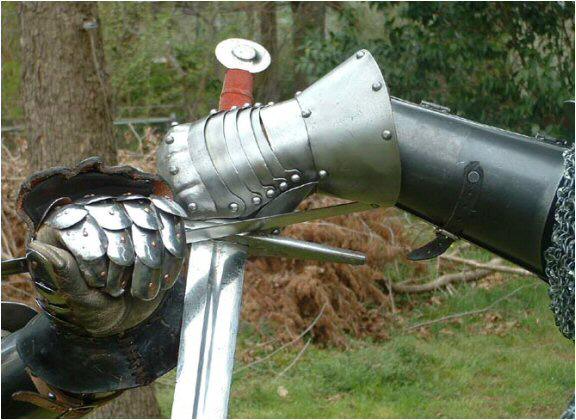
 Scribe
Scribe